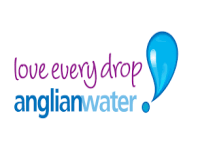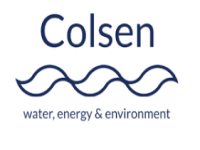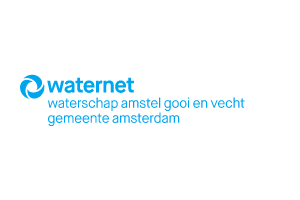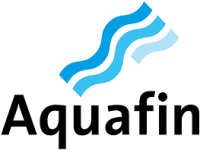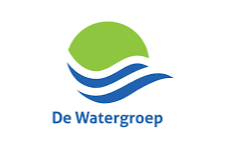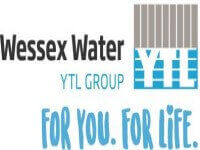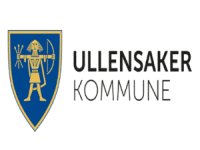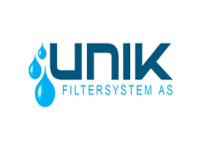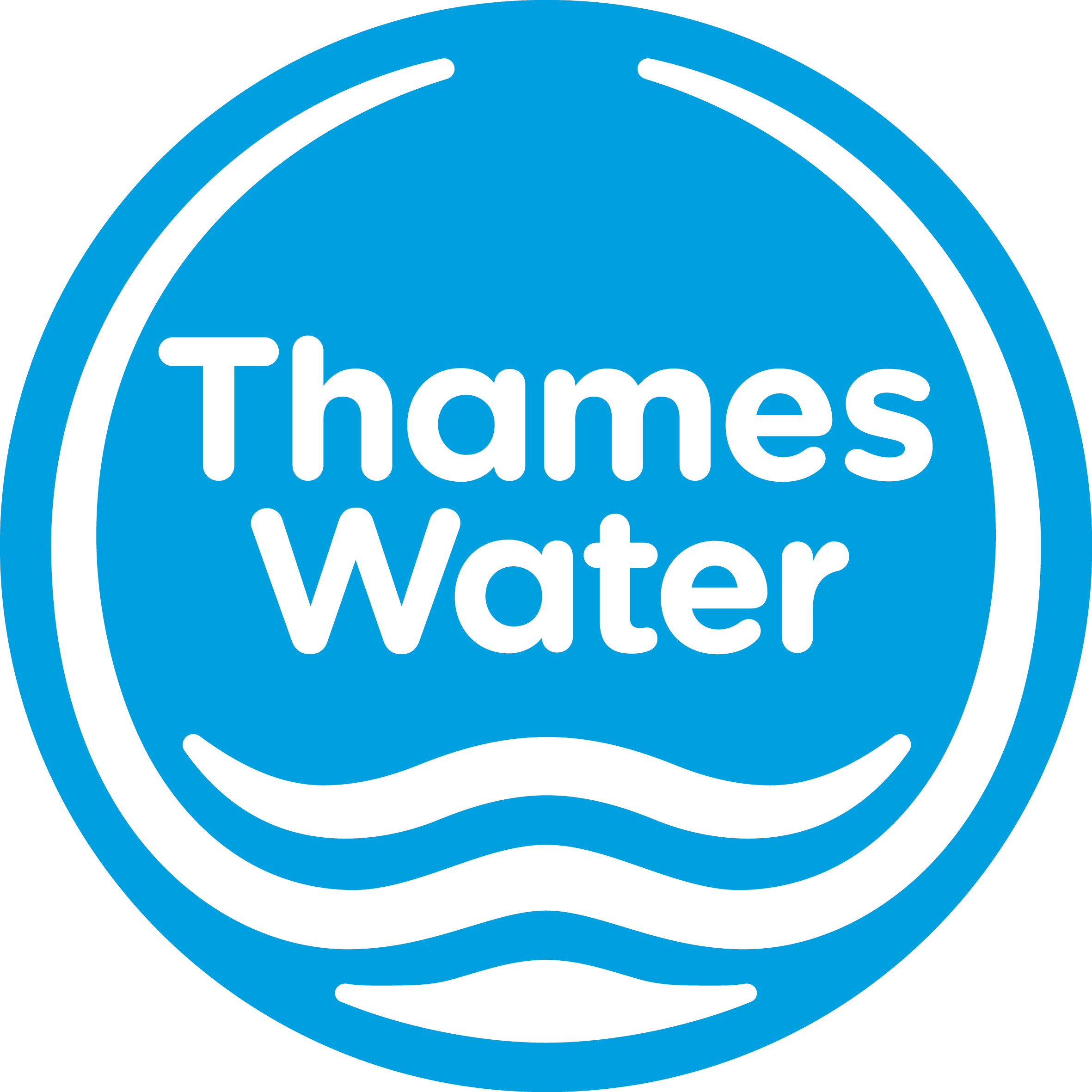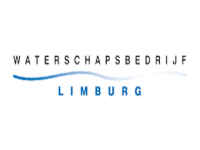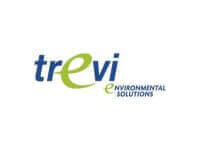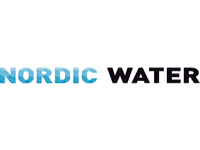Rental temporary water treatment plants
Advantages
Mobilized quickly
Our plants may be mobilized in a short period of time. Hence an immediate problem can be addressed rapidly. We liaise with our clients to implement our equipment in the most suitable and reliable way, in order to meet the objectives.
Process expertise
Together with offering our equipment we bring in our process expertise to support our clients. This will help to understand the real needs and it will result in a solution which will work to mitigate the problem.
Cost-efficient
Offering a temporary treatment solution enables our clients to mitigate the consequential damages in the production process. Or it will secure the safe discharge of effluent into the receiving water body or sewage system.
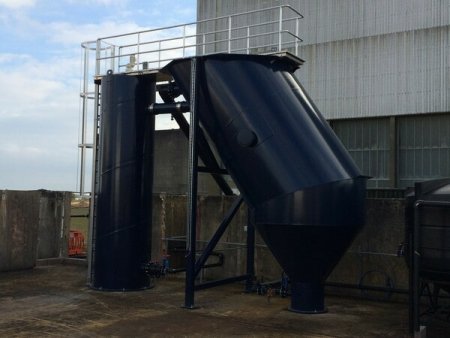
Temporary equipment
We offer our clients temporary equipment in a wide capacity range. The example shows a coagulation – flocculation – lamella settling plant.
It may be used for solids removal, both organic and anorganic solids. Applications are both in water and waste water treatment. E.g. in surface water and ground water applications or for primary and secondary settling of waste water. The plant has a capacity of 10 – 30 m3/h, depending on the solids load, the type of solids and the effluent criteria. The unit is easy to mobilize and requires a small footprint.
A wide range of applications
Biological denitrification
Biological denitrification is used to reduce total nitrogen in both water and waste water. Nitrate-nitrogen is effectively converted into nitrogen gas by heterotrophic biomass maintained in the filter under anoxic conditions. Both in water and waste water applications nitrate-nitrogen can be reduced to levels < 1 ppm.
Biological nitrification
In nitrifying continuous filters nitrifying biomass is cultivated under aerobic conditions. A dedicated and targeted fine bubble aeration inside the biofilter promotes the growth of autotrophic nitrifying biomass on top of the sand grains. The biofilm proves highly effective to convert ammonia-nitrogen into nitrate-nitrogen over the full filter bed height.
Phosphorus removal
Both soluble and particular phosphorus is effectively removed physically and chemically. Depending on the speciation of the phosphorus present a coagulant is dosed for flocculation of the soluble phosphorus. The continuous filter is capable of removing solids and phosphorus to levels as low as 3 ppm solids and 0.1 ppm phosphorus. Hence the most stringent effluent criteria may be met.
Suspended solids removal
Continuous filters are highly efficient in removing high levels of both organic and inorganic solids, due to the continuous sand washing.
This feature makes it possible to apply the technology for high solids loads, such as direct filtration of surface water, primary and secondary filtration of waste water.
Wash water treatment
Backwash water generated in conventional rapid gravity filters, used in drinking and process water production is effectively treated in a compact wash water treatment scheme. A highly effective part of this scheme is continuous filtration, handling high solids concentrations and producing water, fit for reuse in the main process.
Groundwater treatment
Efficient treatment of groundwater is focusing upon a combination of aeration/degasification and continuous filtration.
Groundwater, containing iron, manganese and ammonia is effectively treated. Removal of these components by simultaneous physical-chemical and biological processes to meet drinking water standards.
Bypass filtration in cooling water circuits
Bypass filtration in open recirculating cooling water systems proves to be very effective in optimizing operations and increasing sustainability. Implementing bypass continuous filtration leads to a reduction in conditioning chemicals dosed, a higher energy transfer rate in the heat exchangers and a higher anticipated economic lifetime of the heat exchangers.
Surface water treatment
Direct continuous filtration is widely applied to treat surface water in order to remove turbidity, solids or colour. Direct filtration, with inline feed dosing of an appropriate coagulant is applied. Flocculation and floc removal is taking place within the filter bed. As a result, a stable and high quality filtrate is produced.
Testimonials
We are happy to collaborate with our clients to meet their objectives. And we highly appreciate their feedback!
We are operating a big tertiary filter plant consisting of 24 filter cells to remove nitrogen and phosphorus prior to effluent discharge. The plant is in operation since 2009, and in the beginning we tried to monitor the filters by using an ultrasonic sand circulation measurement tool. This did not work. After Brightwork implemented Sand-Cycle in 2016, this proved to be very useful in our day-to-day operations. We have managed to operate the filters in the most optimal way and we are very happy to use such a powerful tool.
Jan Boonstra
Plant operator Wetterskip Fryslân WwTW Franeker
Both our waste water treatment plants Wijlre and Simpelveld use tertiary continuous sand filters to remove solids, nitrogen and phosphorus. In this way we manage to discharge good quality effluent onto our surface water bodies. With Brightwork’s Sand-Cycle tool, implemented at both works we are better in control of our tertiary sand filters, enabling us to react pro-actively in case of any issues. It definitely contributes to a smooth day-to-day operation, while discharging good quality effluent.
Saskia Hanneman
Innovation manager
Waterschapsbedrijf Limburg
WwTWs Wijlre and Simpelveld
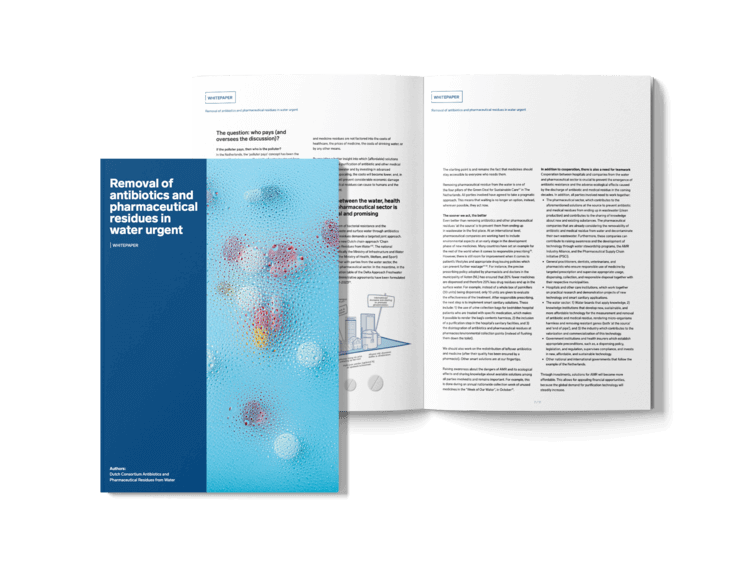
Would you like some further reading?
Please feel free to download this whitepaper ‘’Removal of Antibiotics and Pharmaceutical Residues in Water Urgent”

